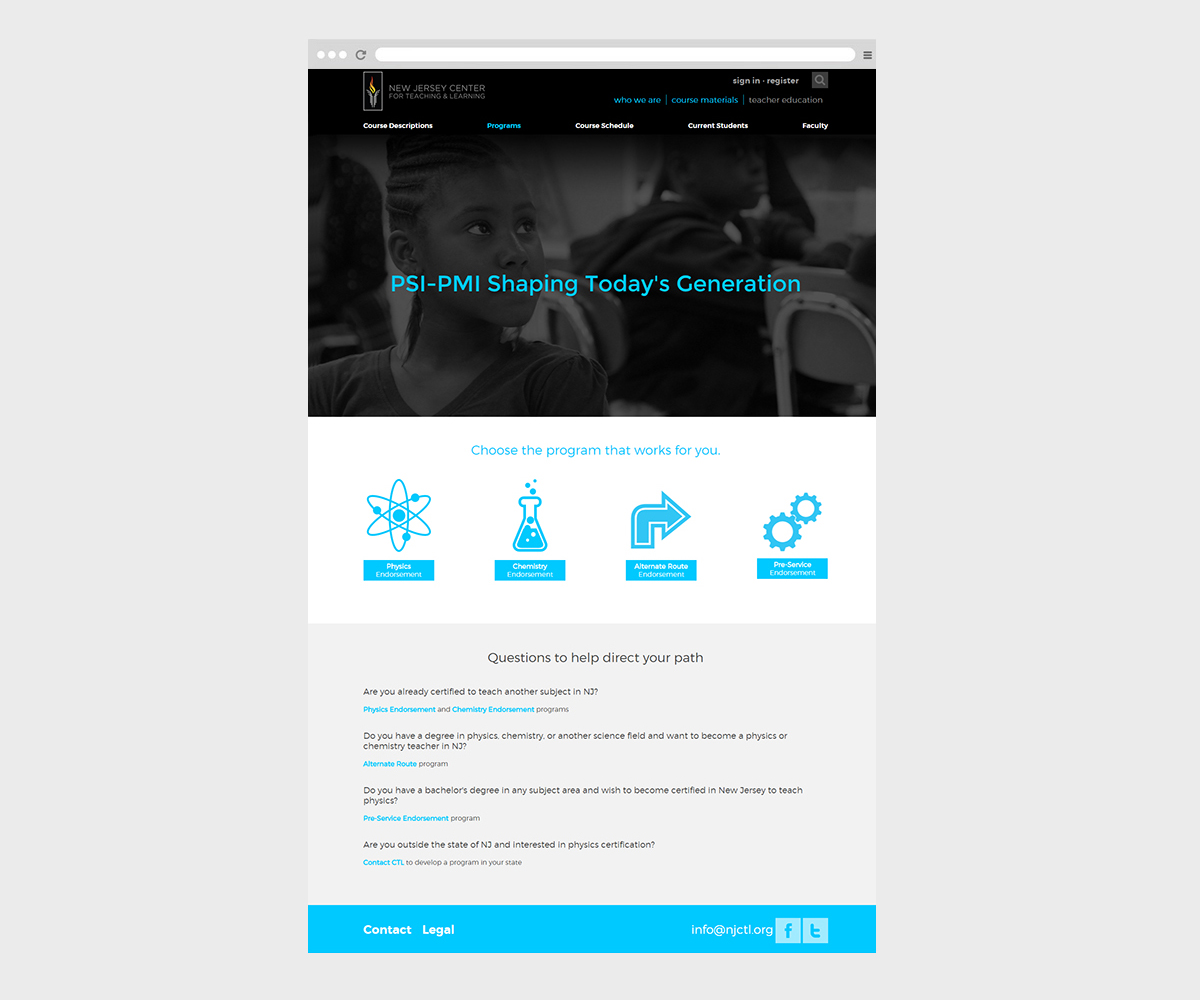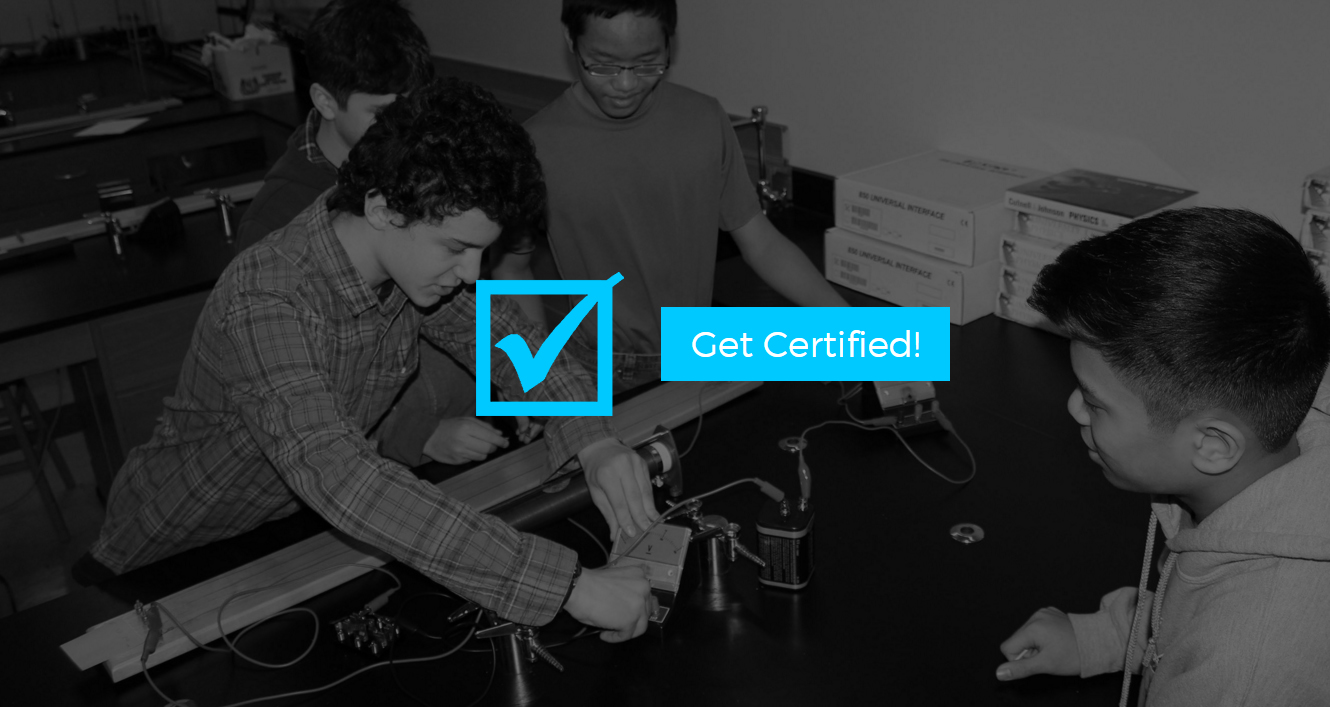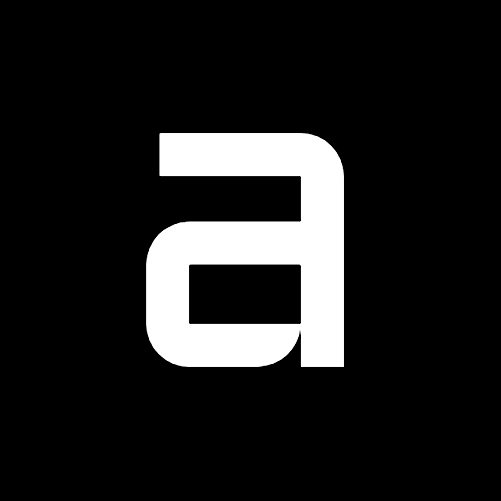

Ashcraft Design recently collaborated with the New Jersey Center for Teaching and Learning (CTL) to create a cohesive brand strategy through the launch of a new website and correlated materials. The results which can be seen at at www.njctl.org or in the few web page clips below.
The New Jersey Center for Teaching and Learning (CTL) is the innovative maverick in the STEM education industry. CTL’s PSI-PMI curriculum and pedagogy has produced amazing results in STEM (Science, Technology, Engineering and Math education) scores over a short period of time. CTL is #1 producer of physics teachers in the country and a leading producer of chemistry teachers. CTL also leads the U.S. in production of free, editable course materials. In the last five years, CTL has extended its work to more than 218 schools in New Jersey, Colorado, Utah, Rhode Island, Vermont, Maine, The Gambia, and Argentina; and more than 1,430 teachers have been trained in CTL methods and 175 teachers have completed teacher certification in physics or chemistry. In 2014, PSI was used in eight of the top twenty NJ schools for 2014 AP Physics B participation.
The results show that CTL has a proven model. But the rapid success and growth of PSI-PMI spreading nationally as well as internationally compounded CTL’s problem. Growth was happening so quickly that the the different facets of the brand were pieced together along the way, obscuring the message. Dr. Robert Goodman, Founder and Executive Director of CTL, realized that he needed a new voice to communicate the exceptional value PSI-PMI provides. Our task was to get to the heart of the message and craft a visual story around it that was consistent throughout the site and then create guidelines as to how it would be implemented throughout future materials.
The team at Ashcraft Design led CTL through a self-discovery process of teachers, administrators and board members to to help identify and better clarify CTL’s mission and goals. We elicited the key benefits and features of CTL and narrowed down the brand message into a concise statement that captured the essence of CTL and used it to create a “visual voice” for the brand. It was used through every aspect of the website and correlated materials online and off, written and visual. The original site was overloaded with complexity, information, and redundancy. Information deemed redundant or not supportive of the message and brand attributes was removed. Automatically, this led to reduction of the amount of navigational items in the menu as well as a simpler user interface.
We wanted the visual presence of CTL to be conversational with those that interact with the site and other associated materials, so it was important that we used actual images and videos that CTL had taken. The message became much more genuine and real through the use of these photos and videos of people who have been affected by the success of the program.
The main landing page image is the visitors first impression of the site and was the one brief moment CTL has to capture the visitor’s interest with the power of the CTL brand. We created the image to convey the confidence a student of CTL PSI-PMI courses has when facing the complexity of advanced STEM problems. It brought together the whole message of the site into one clean, emotive image.
One of the most important innovations created for CTL may never be seen by the casual visitor. The discovery process revealed the need to create a more dynamic teacher and student engagement platform. These customized interactive log in spaces gave users direct access to all curriculum units and dramatically reduced the headache teachers and students have when dealing with grading, assignments and general interaction.
By rebranding CTL we helped create a new direction that results in a much more distinct and valuable brand. We collaborated every step of the process with the team at CTL so that every employee was aware of the brand attributes and how they impact the brand image. The positive impact CTL has in people’s lives and what it can do for STEM education can now move forward unobstructed by the complexity of their old identity.




